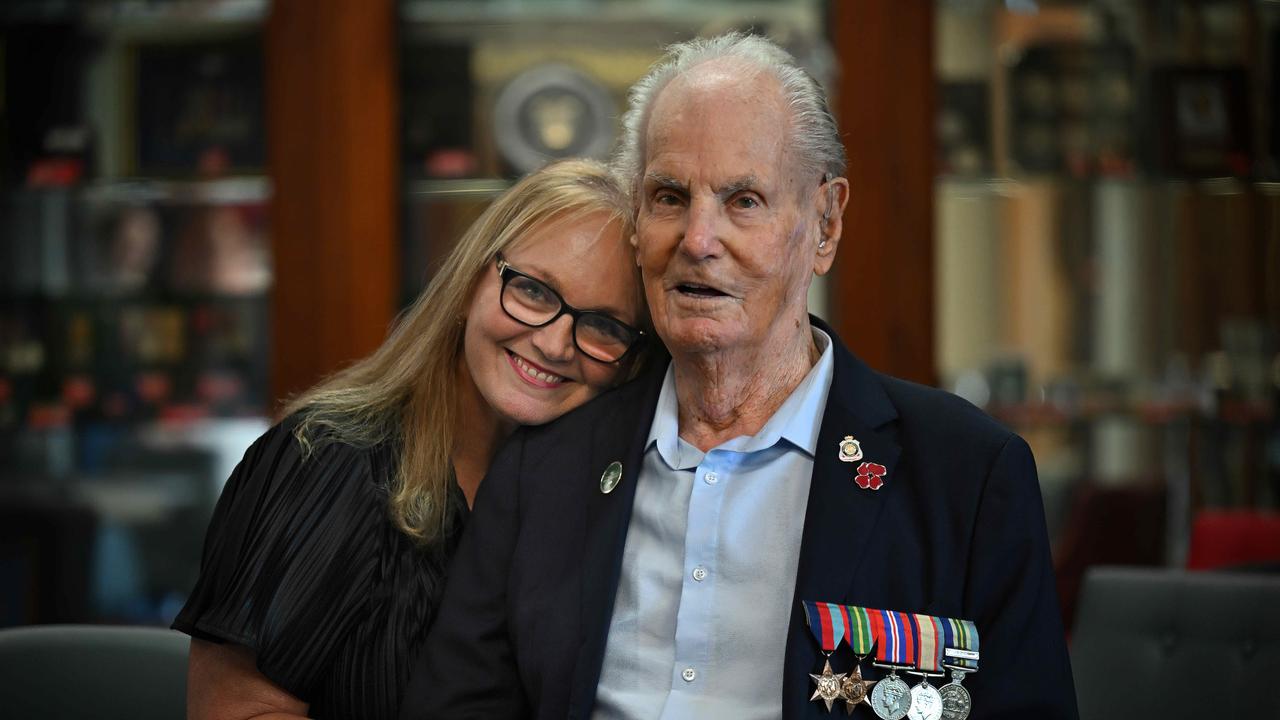At least that is what Pell’s legal team will be hoping is the way the court sees Bret Walker’s arguments. The first road map was produced by judge Mark Weinberg in a dissenting Victorian Court of Appeal judgment, which questioned the credibility of some of the surviving choirboy’s evidence.
Walker jogged through key aspects of the evidence on Wednesday, principally because this is what was required under the second ground of the Pell appeal.
That is to encourage the court to find that the majority in the Victorian Court of Appeal erred in their conclusion that the verdicts were not unreasonable.
Ignore the culture wars, the Pell convictions have always been a close-run thing, given the clear questions that surfaced about whether the cardinal had the opportunity to offend.
To that end, Walker emphasised several key points that will be crucial to whether or not the appeal is granted, including the length of time Pell spent on the steps of St Patrick’s Cathedral in Melbourne after a Solemn Mass in 1996. Fundamentally, if the High Court accepts that Pell spent 10 minutes or more on the steps, then he didn’t have the time to abuse the choirboys.
Further, that there was sufficient evidence to prove that Pell, 78, was never (or very, very rarely) on his own and that there was not an opportunity for the offending to have occurred.
Anyone who has ever been to Solemn Mass at the cathedral will know that for decades it has certainly been a “hive of activity’’ afterwards as literally hundreds of people can gather and wash through the grand building after the main procession leaves.
Walker was clearly trying to paint the picture that it was inconceivable that Pell could have offended in the way the jury and the Court of Appeal majority accepted he did.
He cited evidence of several church officials who had suggested the opportunity to offend was either not there or deeply limited.
Walker relied heavily on the role of Monsignor Charles Portelli, who was effectively Pell’s right-hand man during the Melbourne cathedral years.
Portelli’s job was to remain close to Pell’s side while he moved through the cathedral.
Sydney University senior lecturer Andrew Dyer felt that, overall, Pell had a “pretty good day’’.
Professor Jeremy Gans, of Melbourne University, said that Pell “didn’t have a bad day’’.
The consensus seems to be that the High Court will grant Pell special leave to appeal his convictions and that, seen in the totality of the day, Walker got much of what he would have wanted out of his appearance.
But the one certainty in this story is the uncertainty.
Counsel for the prosecution, Kerri Judd QC, gets to have her day in court on Thursday.
Walker is a formidable opponent but Judd starts this contest notionally ahead because Pell is already in jail and there is an institutional reluctance to overturn jury convictions.
We are way past the point of making bold predictions about what might happen to Pell.




The High Court has been presented with a second road map towards proving George Pell’s innocence.